Weird, Wild & Memorable
Florida towns feature a far ranging variety of unusual names.
It’s happened more than once. You’re driving along the highway and spot a sign for an upcoming town that you either can’t pronounce or it’s so bizarre, you can’t believe anyone would actually pick that name for a town.
When you’re zipping down the road, you probably aren’t thinking about the why behind those unusual names. Don’t worry, We’ve done it for you. We’ve not only gone hunting for towns with quirky names; we’ve also done a little digging to find out how they came into existence and what they’re known for.
So come along for the ride and check out the history behind a few of these towns. You just might want to pay a visit to a few in the future.
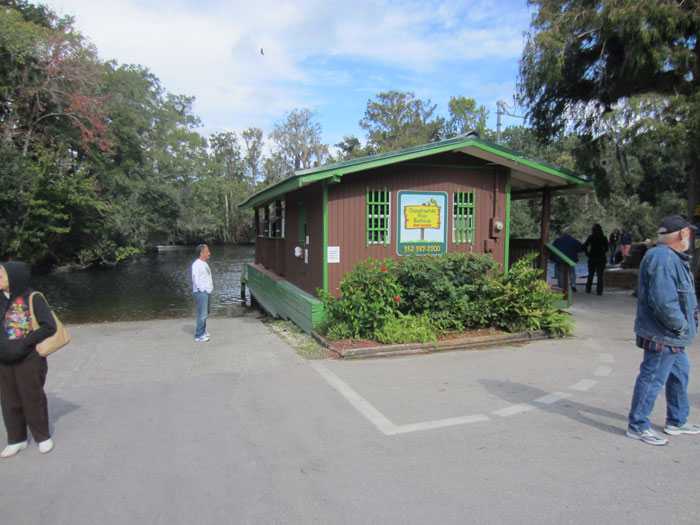
Chassahowitzka
Location: Citrus County
Named after the Seminole word for “hanging pumpkins,” Chassahowitzka is located in the very southwestern corner of Citrus County. In the early 1900s, the area was once the site of a booming lumber mill. Mules hauled timber from the swamp to be loaded onto railroad cars in nearby Homosassa. The railroad hasn’t operated since the late 1930s, but the tram system remains and is now frequented by hikers and bikers.
Outdoor enthusiasts say the Chassahowitzka River offers some of the state’s best paddling opportunities, thanks to the springs, tidal creeks and extensive salt marshes. The “Chaz” meanders for several miles before reaching the Gulf but is only a few feet deep at most the entire way.
Nature lovers flock to the Chassahowitzka National Wildlife Refuge, a sprawling 31,000-acre preserve. It’s home to the endangered West Indian Manatee, along with more than 250 species of birds, making it a popular destination for birders. You won’t find much civilization in the area surrounding the town of Chassahowitzka, but you will find a natural Florida paradise.
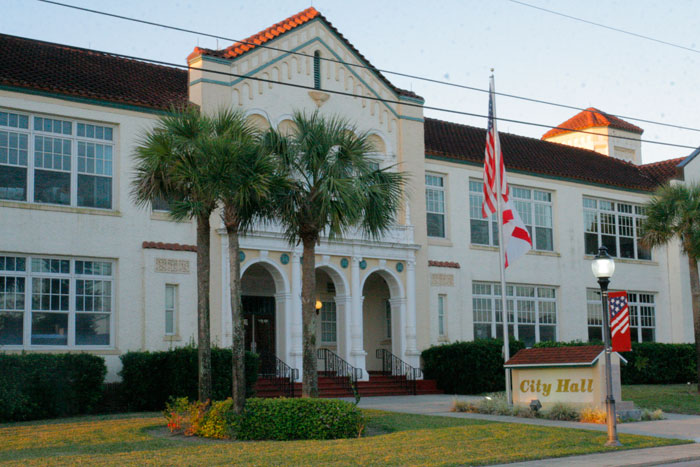
Frostproof
Location: Polk County
Situated between Lake Clinch and Lake Reedy, Fort Clinch was established here in 1850 and permanent settlers moved into the area in the 1880s. The town first went by the name Keystone City, but that didn’t last long since there was already a Keystone Heights not too far north. A resident suggested the name Frostproof, which was little more than clever marketing designed to entice people to buy property. The optimistic name was no guarantee that temperatures wouldn’t drop below 32 degrees. The Great Freeze of 1894 proved that when much of Florida’s citrus industry in the central and northern regions—including groves in Frostproof—was destroyed.
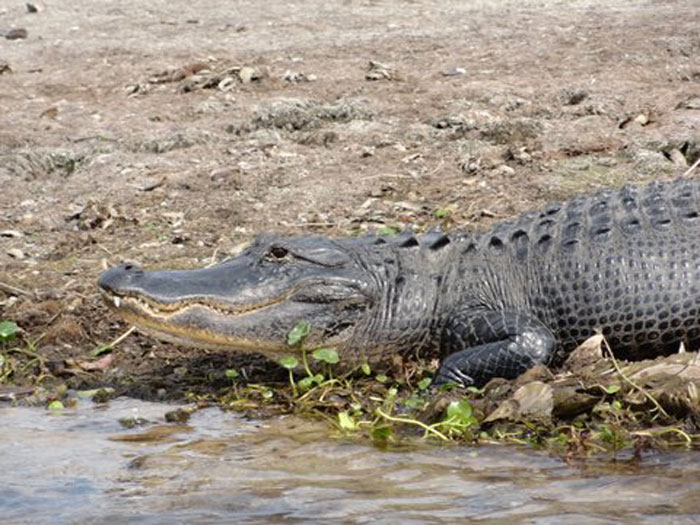
Hog Valley
Location: Marion County
Head east from Ocala and you’ll soon hit the Ocala National Forest, the most visited forest in the state. If you find yourself on Northeast 160th Avenue Road, you’ve made it to Hog Valley, a small community established in 1960.
Most activities in the area center around the Ocala National Forest’s outdoor offerings. The hog theme remains popular; one area bar is known as the Pig Pen Saloon.
There’s more than one story circulating as to how the tiny community was named. One local told me that prior to the 1960s, residents often let their hogs run loose and the frisky critters quickly multiplied. When the Florida Barge Canal project came through and Rodman Dam was built, the swampy area where the hogs liked to congregate was flooded. This forced the hogs to migrate over into the scrub area of the forest where, to the dismay of forest service officers, they rooted up and destroyed newly planted pine seedlings, hence their nickname “Piney Root” hogs. (Another how-the-community-got-its-name legend involves a pet hog named Petunia who was the mascot for a local bar until the night some patrons got drunk and decided on a barbeque. That story is too sad, so I’m sticking with the first story!)
The town is anchored by Forest Baptist Church, a volunteer fire department, an active civic center and the Liz McGrath Thrift Store. The thrift store began as a dream by a group of women in the 1970s eager to give back to the community and continues to sponsor a summer camp, school supply giveaway and annual Thanksgiving dinner. Each year, the annual Hog Valley Christmas Parade is led by Miss Piggy.
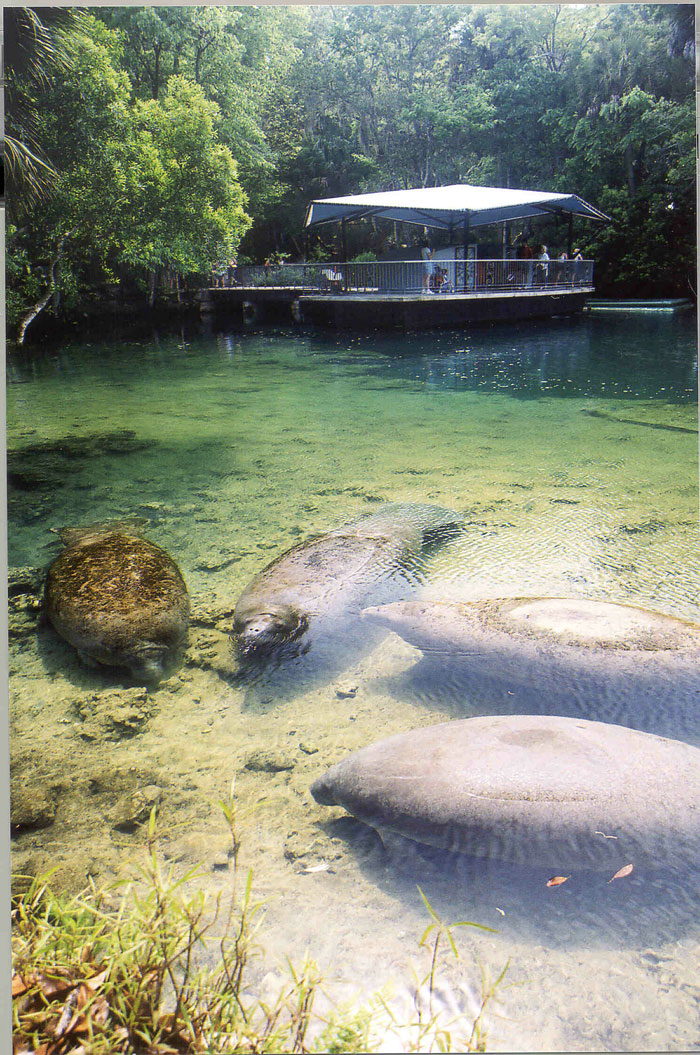
Homosassa
Location: Citrus County
This Gulf Coast town traces its name to Seminole and Creek heritage, which supposedly means “place where wild pepper grows.” In the 1840s, William Cooley settled the land now known as Homosassa and was recognized as the first Justice of the Peace in the area. Cooley soon sold his property to David Levy Yulee, a wealthy land owner, politician and developer who built a 5,100-acre sugar plantation and sugar mill along the Homosassa River in 1846. Actually, it was Yulee’s many slaves who built the plantation and worked the land, planting sugar, cotton and citrus. Yulee became one of the state’s first senators, and Levy County is named for him.
Homosassa evolved into a bustling community also known for its citrus and lumber production, but that came to a screeching halt with the Civil War. The town supported the Confederate cause but eventually fell to Union forces, which decimated the sugar plantations, along with Yulee’s grand mansion on Tigertail Island in the Homosassa River. Yulee actually went to prison for about nine months because he’d joined the Congress of the Confederacy. The plantations are long gone, but you can still visit the Yulee Sugar Mill Ruins, now a Florida park and picnic spot. Nature-themed tourism remains a big draw. Homosassa Springs Wildlife State Park welcomes visitors year-round, many of whom come to see the manatees, which frequent the springs. Homosassa also remains one of the state’s prominent fishing spots. In fact, all of Florida’s major fly-fishing records for tarpon have been set in this area.
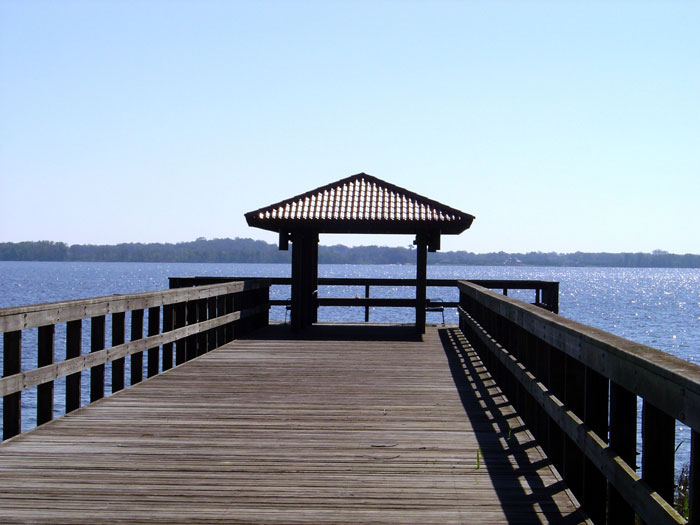
Howey-in-the-Hills
Location: Lake County
Many towns are named for their founders; this one just happens to be named for the scenery, too. When William John Howey founded the town in the spring of 1925, he thought that “Town of Howey” was sufficient, but two years later, the village’s name was officially changed to recognize the area’s gently rolling topography.
A native of Illinois, in 1921, Howey built the first citrus juice plant in Florida in the area that would soon bear his name. By the time he died in 1938, he’d made his mark as the state’s greatest citrus developer, having bought thousands of acres of raw land, planted it in citrus and then resold it. Howey-in-the-Hills is located on Little Lake Harris, and boating and fishing are popular activities. The town still features classic architecture from the ‘20s. A visit to the area isn’t complete without a stop at Bok Tower Gardens in nearby Lake Wales, featuring landscape gardens and the famous Singing Tower with its 60-bell carillon. Since the garden opened in 1929, over 23 million visitors have toured the grounds.
Micanopy
Location: Alachua County
Named for a Seminole chief, this quaint town of under 1,000 residents is located just east of U.S. Highway 441 and is the state’s second oldest town. (St. Augustine has the distinction of being the oldest.) Although it wasn’t known by the name Micanopy then, a Timucua Indian village was located in the area as early as 1539. The town was part of a land grant made by the King of Spain in 1817 to Don Fernando del la Maza Arrendondo of Havana and St. Augustine. This was once the location of Fort Defiance, and the town’s main street, Cholokka Boulevard, was a former Indian trading route. Country music artist John Anderson mentions Micanopy by name in his popular song, “Seminole Wind,” released in 1992 as the title track from his album of the same name.
Film makers love this picturesque location, too; the movies Doc Hollywood and Cross Creek were both shot here, as was the History Channel’s Top Gear. Today, tourists flock to Micanopy to visit its antiques and gift shops, quaint eateries and the Herlong Mansion, a B&B with intriguing ghost stories and history dating back to 1845. The town’s popular Micanopy Fall Harvest Festival has been held for four decades.
Okahumpka
Location: Lake County
With a population of less than 267 in the last census, the town was founded in 1885 by Reverend Edmund Snyder of Pennsylvania. One can only hope he didn’t know the meaning of Okahumpka, which is a Native American word for “lonely or bitter waters.” Ouch. The U.S. Register of Historic Places has recognized the Campbell House on Country Road 470 (some call it the “Valentine House”) as a historic home. There may not be a lot happening in Okahumpka, but it’s considered part of the Orlando metro area, so it’s only a hop, skip and a jump to bright lights and big city activities. The town does have a service plaza named after it on the Florida Turnpike, though—probably just to make the tourists say, “Huh?”

Old Town
Location: Dixie County
About 12 miles north of Chiefland, along U.S. Highway 19, lies the “city” of Old Town. Using the word “city” to describe this small Florida hamlet is definitely stretching it, but you will find plenty of history here. The area is said to be the site of the state’s oldest Indian settlement, hence the name. In 1818, the “Battle of Old Town” saw fierce fighting between forces led by General Andrew Jackson and Seminole warriors headed by Billy Bowlegs. The Seminoles were defeated and survivors eventually captured, marking a bloody end to the Indian Wars in that part of the state.
With its proximity to the Suwannee River, Old Town is no stranger to boat traffic. One of those vessels, the “City of Hawkinsville,” sunk there in 1922, and the shipwreck is still visible below the Old Suwannee River Railroad Bridge. The Nature Coast Trail State Park passes right through Old Town and over the Suwannee and is a favorite of many hikers and bicyclists.
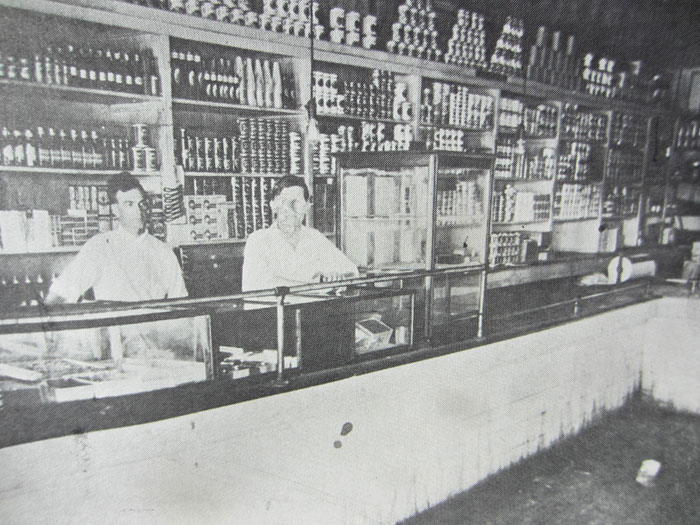
Otter Creek
Location: Levy County
Hernando de Soto explored this area and splashed through the then-unnamed creek back in 1539. It’s not known who named the town, but whoever it was likely spotted the native Northern River Otters and thought the name was a no-brainer. Members of the weasel family, river otters are an endangered species in some states, but not in Florida, although they are protected here.
Fast-forward to the 1930s and ‘40s and Otter Creek was a booming town for the times, boasting close to 1,000 residents. It was recognized as the second largest community in the county, thanks to a lumber mill and two railroads that passed through town. After the railroad and lumber mill closed down, the town’s population plummeted. As of the 2010 census, only 134 people called Otter Creek home. Unless you’re into fishing and hunting, there’s not a lot happening in this sleepy little Gulf Coast hamlet.
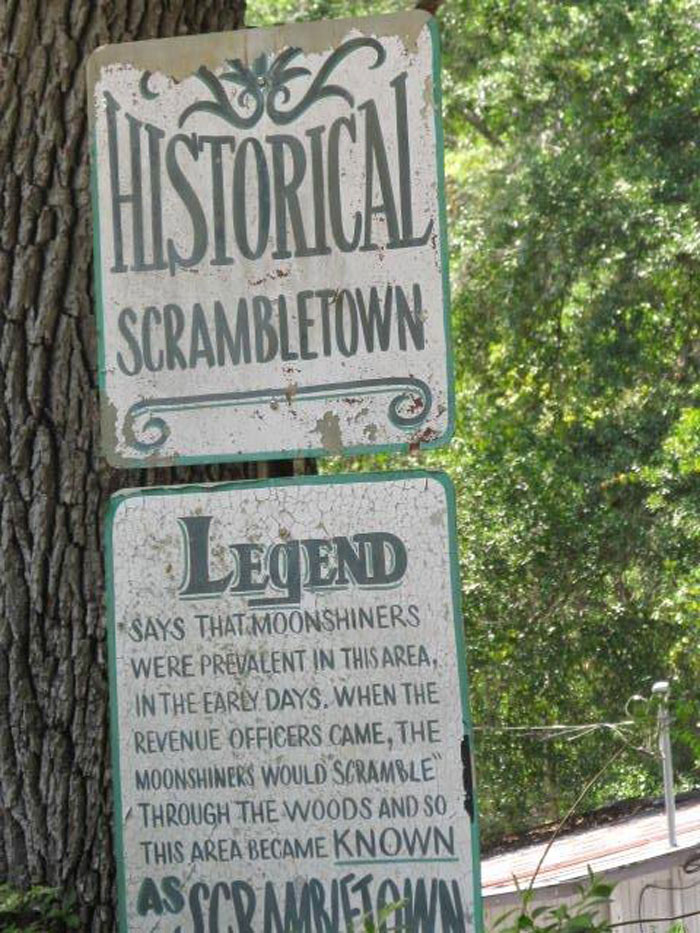
Scrambletown
Location: Marion County
The Ocala National Forest has its share of interesting characters. During the Prohibition era, a number of those individuals resided in a small forest community on County Road 314. Times were tough in the 1930s, and moonshiners weren’t about to be put off by legalities. They built their stills back in the woods and went about the business of generating a few bucks by making “shine.” Whenever the government revenue agents showed up, the moonshiners quickly scrambled, hence the town’s name. (Some say the town was originally known as Cedar Creek, but that certainly doesn’t have the ring—or the history—that Scrambletown holds.)
The Scrambletown Country Store (some call it Kelly’s Country Store) has been here for decades; you can stop in, buy a soda or a tank of gas and chat with the locals. There’s also a junkyard and a church in town, along with a few houses. And who knows? If you know where to look, there are probably a few stills in use deep in the woods. This is the forest, after all.
Spuds
Location: St. Johns County
If the name reminds you of potatoes, well… it should. Spuds is a logical name for this unincorporated community along State Road 206 in the northeastern region of Florida known for growing potatoes. The area’s other claim to fame is the fact that it was once home to a camp for German prisoners of war during World War II. (Hmm, do you think they fed potatoes to the prisoners?) Unless you’re a farmer, there’s not a whole lot to do in Spuds, but it is just a short drive to the Atlantic. Historic St. Augustine Beach is barely 15 miles away.
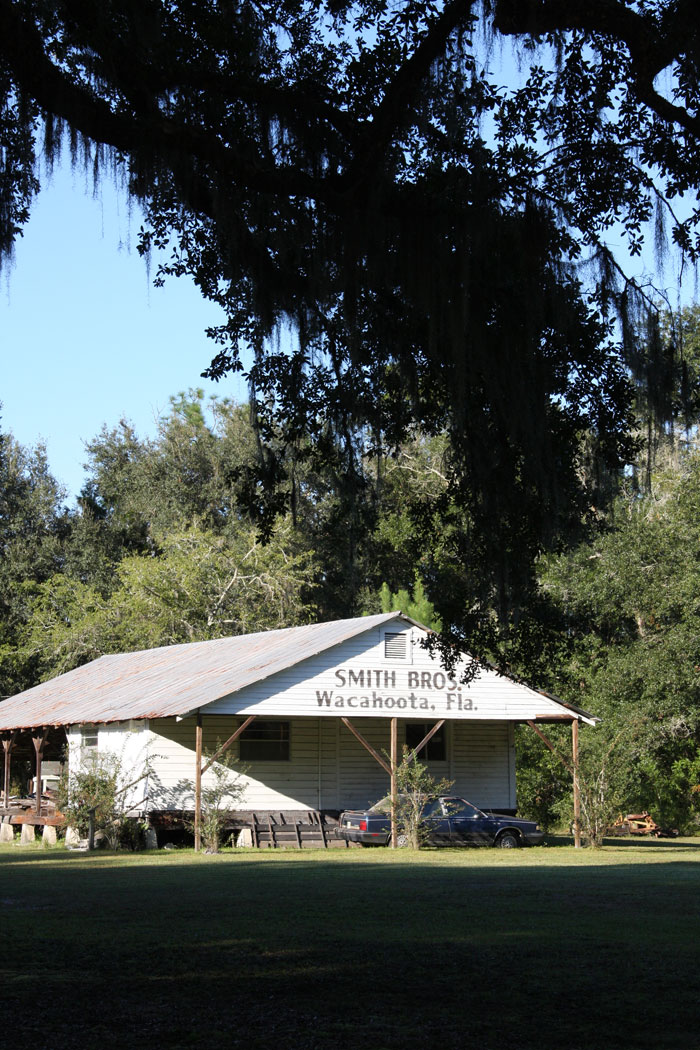
Wacahoota
Location:Alachua County
For fun, try saying this one fast three times in a row. Also referred to as “Watkahootee,” “Wacahootie” and “Wachitoka,” the town’s name was listed on military reports as early as 1832. A combination of Spanish and Native American languages, the name actually means “cow pen” or “cow barn,” which is fitting since the area was home to Alachua Seminoles who ran cattle by the thousands in the early 19th century. According to Places in the Sun: The History & Romance of Florida Place Names by Bertha E. Bloodworth and Alton C. Morris, Wacahoota specifically refers to a cowpen owned by prominent Seminole War leader Billy Bowlegs. This area, which covers the northwestern corner of Marion County, the eastern edge of Levy County and the Southwestern corner of Alachua County saw some of the worst fighting in the Second Seminole War during the 1830s and ‘40s. Today, cattle still graze on the land that was originally named for a cow pen. Just southwest of Gainesville, Wacahoota is a short drive from the University of Florida, as well as the 22,000-acre Paynes Prairie Preserve State Park on U.S. Highway 441.
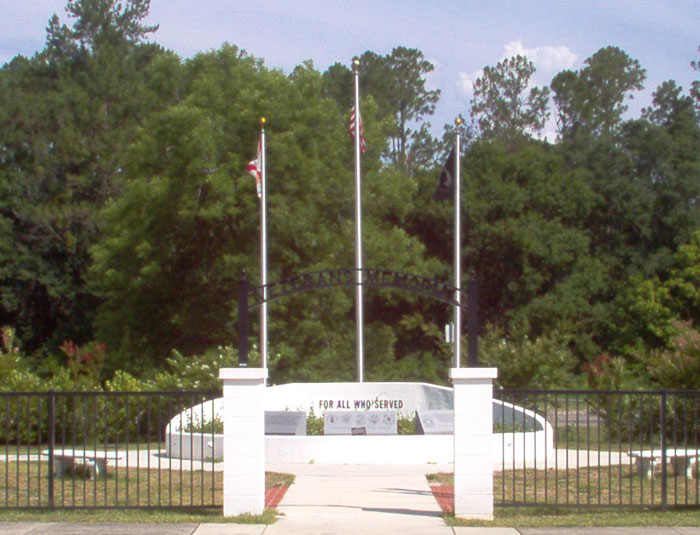
Waldo
Location: Alachua County
Where’s Waldo? (Sorry, couldn’t resist!) Actually, it’s a town of about 1,000 residents located just east of Gainesville. Founded in 1820 and named after Benjamin Waldo, a doctor in Ocala, it ranks as one of the oldest cities in Alachua County.
At one time, Waldo was considered a “boom town” and boasted several resort hotels, two theaters, even an opera house, along with numerous businesses. That was back when it was known as a major railroad shipping point, a bit of history memorialized in the little red caboose seen in the city park. Then came the winter of 1899, which brought two inches of snow (!) and freezing temps that did a number on the citrus trees and other produce grown in the area and shipped out of Waldo.
Today, this quiet town is known for the sprawling 50-acre Waldo Farmer’s & Flea Market along Highway 301. On weekends, as many as 40,000 customers attend the market, which has close to 900 dealers. A note of warning: If you visit the town, don’t be heavy on the gas pedal. Waldo has the dubious “claim to fame” of being one of the worst speed trap cities in the entire country. As a matter of fact, there is an ongoing investigation into the legalities behind the Waldo police department’s excessive number of speeding tickets.
Yankeetown
Location: Levy County
If you’re into fishing, this is your place. Anglers say Yankeetown, just off State Highway 19, is one of the best saltwater and freshwater fishing spots in the entire state. A fishing charter can take you to the right spot to hook a good one if you don’t have your own boat.
The town’s founder was A. F. Knotts, an Indiana lawyer and politician, who came to the area in the early 1920s. Many of his well-to-do friends from “up north”—I guess that makes them Yankees—came to visit and liked to stay at his Izaak Walton Lodge on the scenic Withlacoochee River. Eventually, the name “Yankeetown” was formally adopted. By the way, you can still get a great meal at The Riverside Inn at the Izaak Walton Lodge.
Yankeetown is home to barely 500 residents, but the Nature Coast area draws thousands year-round to enjoy the many outdoor pursuits. Check out the 400-plus-acre Withlacoochee Gulf Preserve on Yankeetown’s salt marshes with great kayaking options and miles of walking trails. Look for the sign memorializing “Follow That Dream” Highway, named for the 1962 Elvis Presley movie filmed in Yankeetown, Inglis, Inverness and Ocala. Always popular is the annual Yankeetown Seafood Festival, which features a jam-packed weekend of arts, crafts, entertainment and, of course, plenty of seafood.






